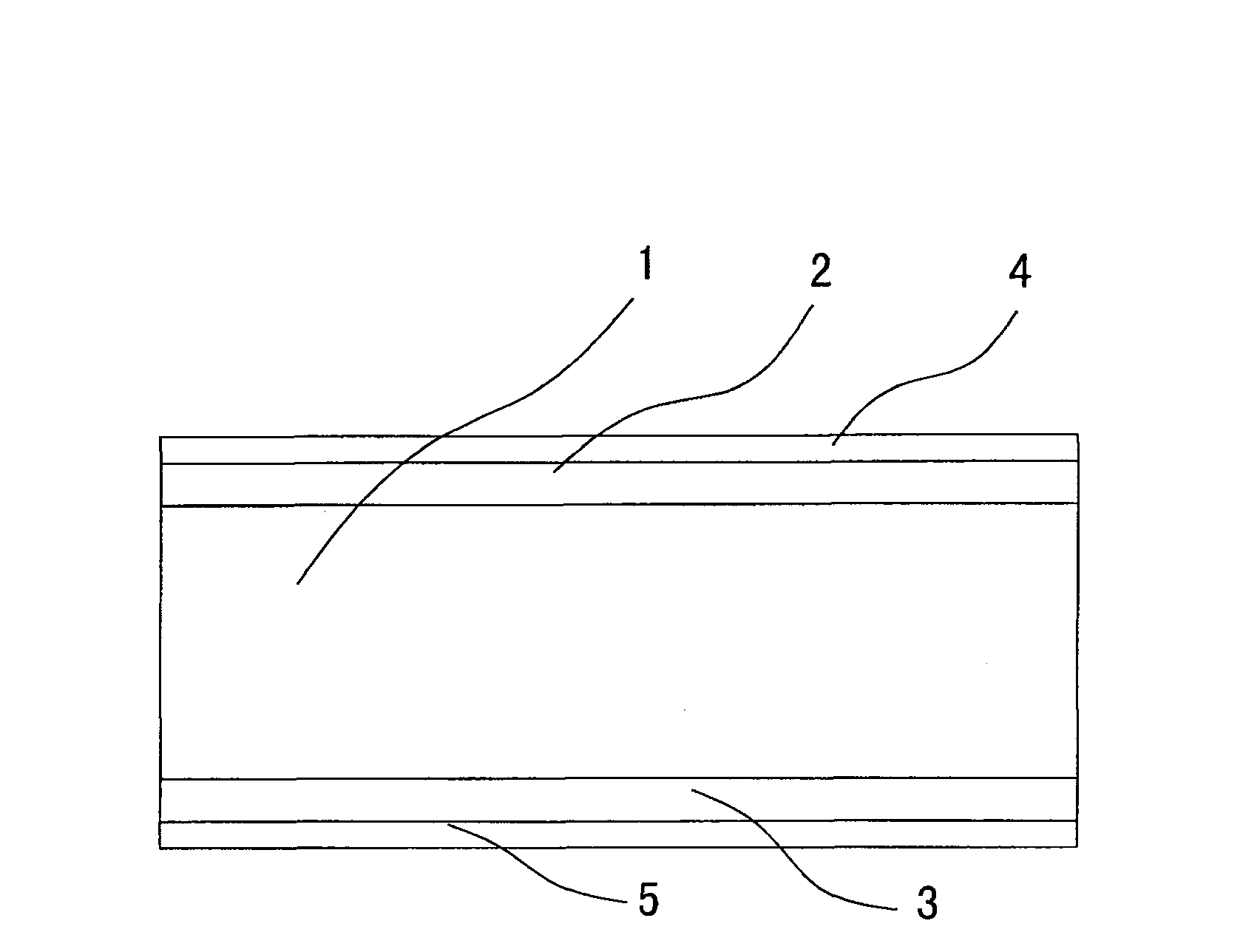A PIN room temperature nucleus radiation detector and its making method
A nuclear radiation detector and room temperature technology, applied in semiconductor devices, electrical components, circuits, etc., can solve the problems of low thermal conductivity of CZT crystal materials, complicated preparation process, and increase the cost of detector manufacturing, and achieve good mechanical properties and chemical properties. Stability, mature material growth process, and the effect of eliminating the overlay photolithography process
- Summary
- Abstract
- Description
- Claims
- Application Information
AI Technical Summary
Problems solved by technology
Method used
Image
Examples
Embodiment 1
[0033] Embodiment one: see attached figure 1 As shown, a PIN-type GaN room temperature nuclear radiation detector includes a GaN substrate 1, an n-type doped layer 2, a p-type doped layer 3 and two contact electrodes 4, 5, and the n-type doped layer 2 It is fabricated on one side of the GaN substrate 1, the p-type doped layer 3 is fabricated on the other side of the GaN substrate 1, and the contact electrodes 4 and 5 are respectively fabricated on the outer surfaces of the n-type and p-type doped layers. The GaN substrate 1 is a GaN single crystal thick film with a thickness of 100-200um and a resistivity of 10 6 ~10 9 Ω cm, dislocation density less than 10 6 cm -2 ; The thickness of the n-type doped layer 2 is 2um, and the thickness of the p-type doped layer 3 is 2um.
[0034] The preparation method of the PIN type GaN room temperature nuclear radiation detector of this embodiment comprises the following steps:
[0035] 1) A GaN film with a thickness of 3um is grown on a s...
Embodiment 2
[0040] Embodiment 2: A method for preparing a PIN type GaN room temperature nuclear radiation detector, comprising the following steps:
[0041] 1) A GaN film with a thickness of 3um is grown on a sapphire substrate by MOCVD epitaxy to obtain a smooth surface GaN film with high crystal quality;
[0042] 2) Using the above-mentioned GaN thin film as a new substrate, use the HVPE epitaxy method to grow a thick GaN single crystal film with a thickness of 100-200um;
[0043] 3) Si ions were implanted on one side of the above-mentioned GaN single crystal thick film substrate, and the implanted ion concentration was 5×10 18 / cm 3 ~5×10 19 / cm 3 , to form an n-type doped layer with a thickness of 1um; turn over the above substrate, and implant Mg ions on the other side of the substrate, and the implanted ion concentration is 5×10 18 / cm 3 ~5×10 19 / cm 3 , forming a P-type doped layer with a thickness of 1um;
[0044] 4) Deposit 10nm / 20nm Ti / Au on the above-mentioned n-type do...
PUM
 Login to View More
Login to View More Abstract
Description
Claims
Application Information
 Login to View More
Login to View More - R&D
- Intellectual Property
- Life Sciences
- Materials
- Tech Scout
- Unparalleled Data Quality
- Higher Quality Content
- 60% Fewer Hallucinations
Browse by: Latest US Patents, China's latest patents, Technical Efficacy Thesaurus, Application Domain, Technology Topic, Popular Technical Reports.
© 2025 PatSnap. All rights reserved.Legal|Privacy policy|Modern Slavery Act Transparency Statement|Sitemap|About US| Contact US: help@patsnap.com

